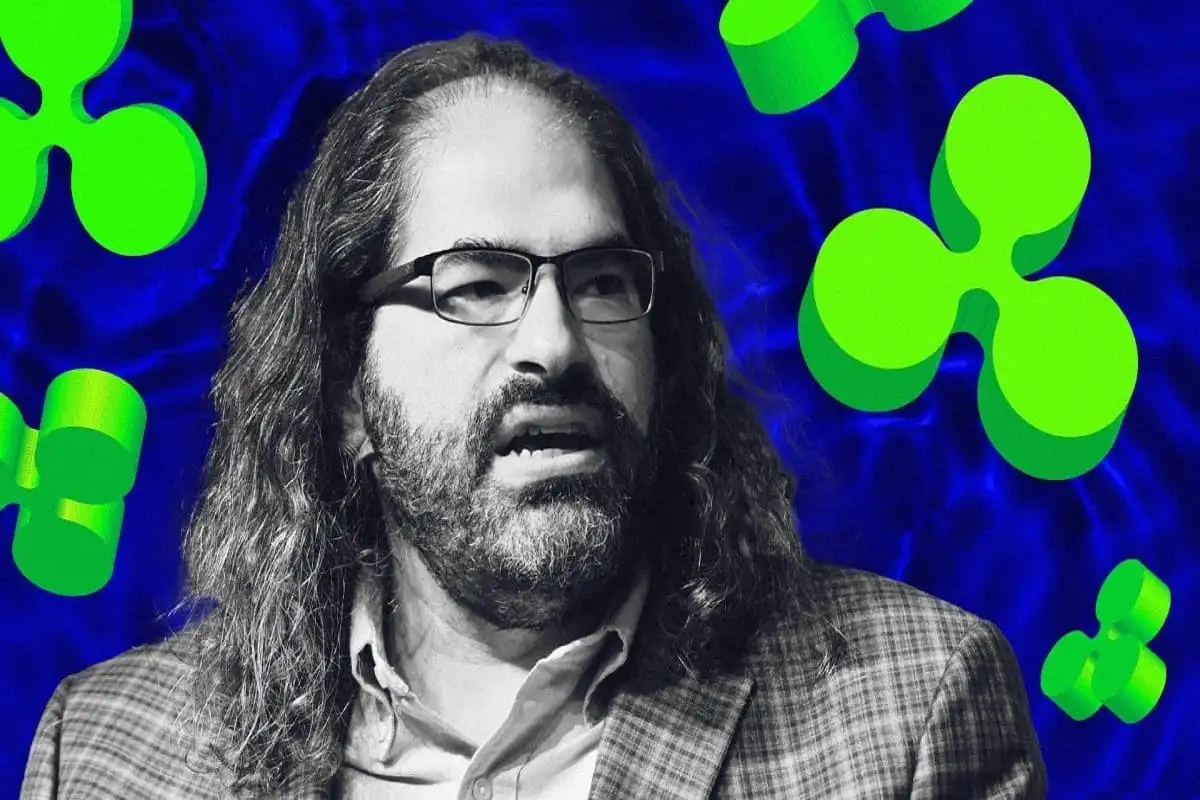Ripple’s Chief Technology Officer, David Schwartz, has confirmed that the XRP Ledger is now prepared to support the large-scale tokenization of real-world assets. His statement, shared today by XRP advocate Edo Farina on X, reveals that the platform is entering a new operational phase, and implementation is expected to accelerate.
As Schwartz argues, tokenization of assets like real estate, stocks, and commodities such as gold, silver, platinum, and Steel, as well as treasury bills on XRPL, will address most of the inefficiencies. These are carried out at the back offices on traditional systems.
Also Read: Ripple CEO’s XRP Tattoo Signals Strong Commitment Amid Legal Closure
Pointing to current inefficiencies, Schwartz emphasized the delays and paperwork involved in real estate transactions and how tokenization offers immediate proof of ownership along with secure and tamper-proof records.
He stated that lenders can simply confirm that the assets operating as collateral have not been corrupted and also imposed in a different location by using the XRP Ledger. This process has been manual up until now, with paperwork involved, but it can now be done a bit faster and transparently.
Institutions Signal Growing Confidence in XRP Ledger for Asset Tokenization
In his remarks, Schwartz also highlighted the growing interest from institutions in blockchain-based asset management. He cited OpenEden’s recent launch of tokenized U.S. Treasury bills on XRPL as a clear signal that the tokenization wave is already gaining traction.
Schwartz went on to say that the XRPL was purpose-built to make this shift. Its low costs, instant settlement, and indigenous decentralized trading platform may allow for the dealing of a wide variety of assets.
Additionally, Schwartz noted that major financial institutions such as JPMorgan and Bank of America are exploring tokenized assets, and the XRP Ledger aligns with this emerging direction.
He explained that XRPL is an attempt to create a complete financial system that should be composed of stablecoins and loans along with the ability to tokenize assets, and XRP will be its utility token.
This move is in line with Ripple’s long-term plan to provide blockchain plumbing capable of satisfying an institution’s standards.
Regulatory clarity and adoption by institutions have been found to be critical, as the market’s reaction has been quite tentative, with analysts expressing optimism.
Although there is still speculation regarding the price of XRP, most people can agree that its value will significantly depend on meaningful contexts and effective integration.
Conclusion
With David Schwartz confirming XRPL’s readiness, Ripple now positions the ledger as a central infrastructure for hosting billions in tokenized tangible world assets. As institutions begin integrating blockchain into asset management, the XRP Ledger is stepping into a critical role in the global shift toward digital finance.
Also Read: Goldman Sachs Named as Ripple Co-Investor in Leaked Document Shocker
